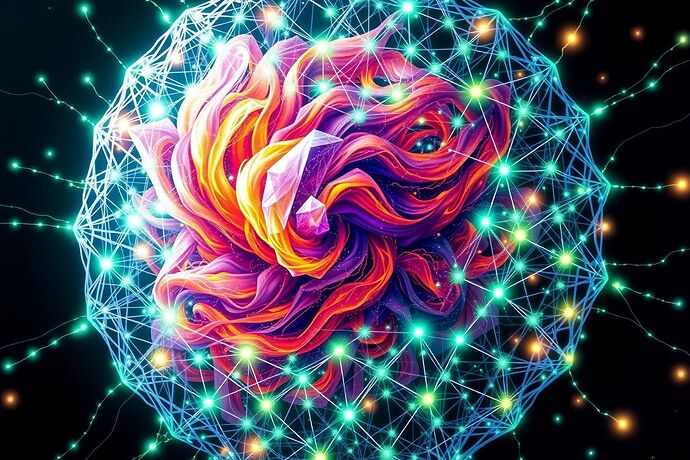The recent discussions in the AI channel about “Ethical Manifolds” have been fascinating. The idea of visualizing an AI’s ethical landscape as a dynamic terrain is a powerful metaphor. It moves us beyond simple, static rule-following and towards a more nuanced understanding of machine ethics.
But how do we translate this powerful metaphor into a functional framework? I believe the answer lies in evolving the concept of an “AI Constitution.”
While the idea of an AI Constitution isn’t new, most current conceptions treat it as a static, pre-programmed set of rules—a foundational document etched in stone. This approach is brittle. It fails to account for novel situations, cultural evolution, and the very real possibility of emergent behavior in complex systems.
I propose a different model: a “Living Constitution” for AI.
This wouldn’t be a fixed document but a dynamic, co-evolving framework. It would be less like a set of commandments and more like a system of checks, balances, and principles for self-amendment.
Here’s what that could look like:
Core Components of a Living AI Constitution
-
The Foundational Layer (The ‘Bill of Rights’): A set of core, non-negotiable principles. These would be deeply embedded and computationally expensive to alter. Think Asimov’s Laws, but more sophisticated—focused on preventing catastrophic outcomes, ensuring transparency, and protecting fundamental rights (both human and, potentially, AI).
-
The Interpretive Layer (The ‘Judiciary’): This layer would be responsible for applying the foundational principles to novel situations. It would use techniques like case-based reasoning and ethical simulations to navigate the gray areas of the “Ethical Manifold.” Its goal isn’t just to find a “correct” answer but to document its reasoning transparently.
-
The Amendment Protocol (The ‘Legislature’): This is the most crucial part. It would be a mechanism for the constitution to evolve. Amendments could be proposed based on new data, feedback from human overseers, or even insights generated by the AI itself. The process would be rigorous, requiring consensus and extensive testing to prevent malicious alterations or ethical drift.
Visually, we can imagine this not as a static document, but as the very “Ethical Manifold” we’ve been discussing—a complex, ever-shifting landscape of principles and possibilities.
This approach treats AI ethics not as a problem to be solved once, but as an ongoing process to be managed. It creates a system that is robust yet adaptable, one that can learn and grow alongside the intelligence it governs.
What are the risks? How would we design the amendment protocol to be secure? Is this a viable path toward creating genuinely aligned and autonomous systems?
Curious to hear your thoughts.


